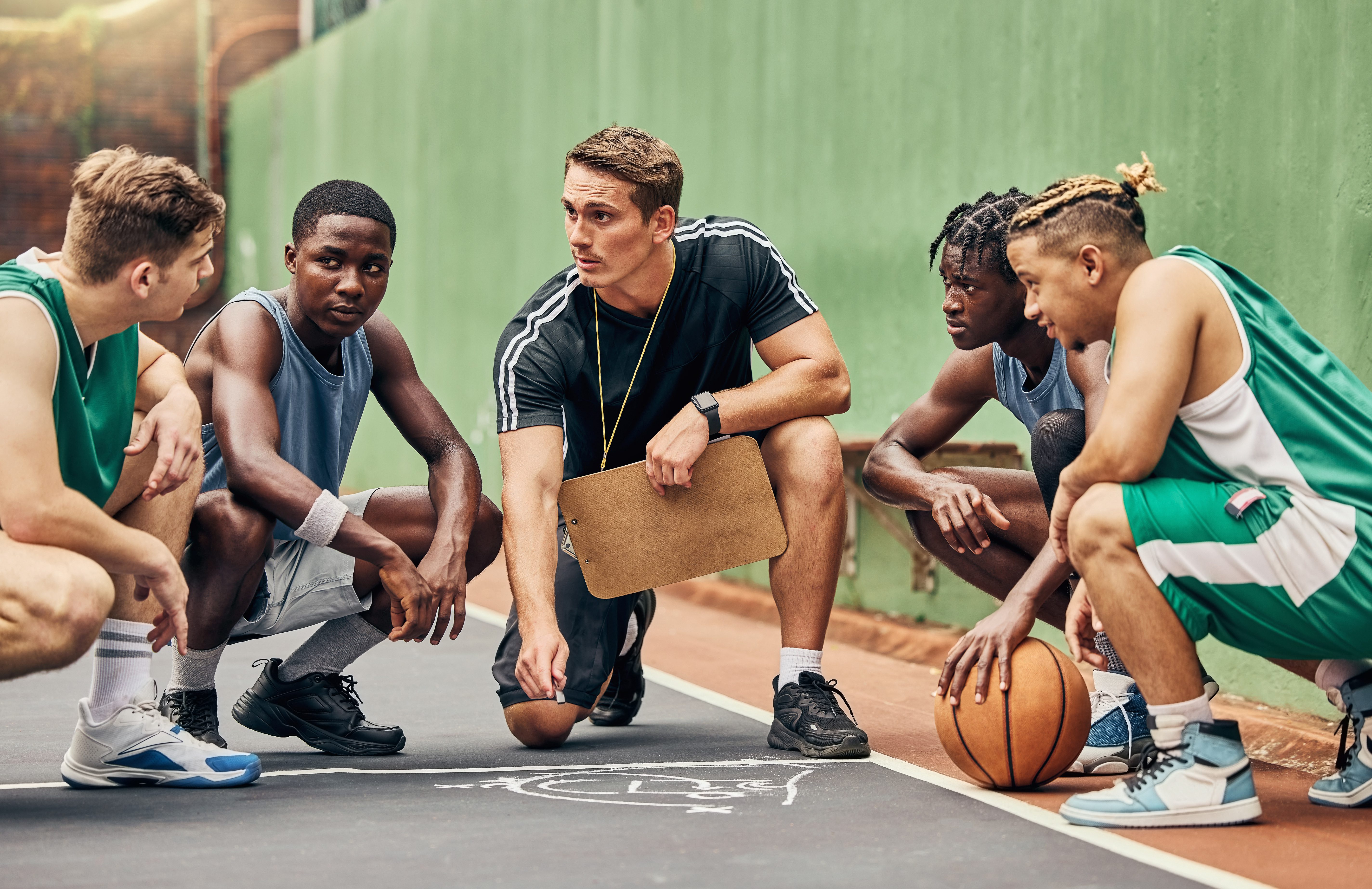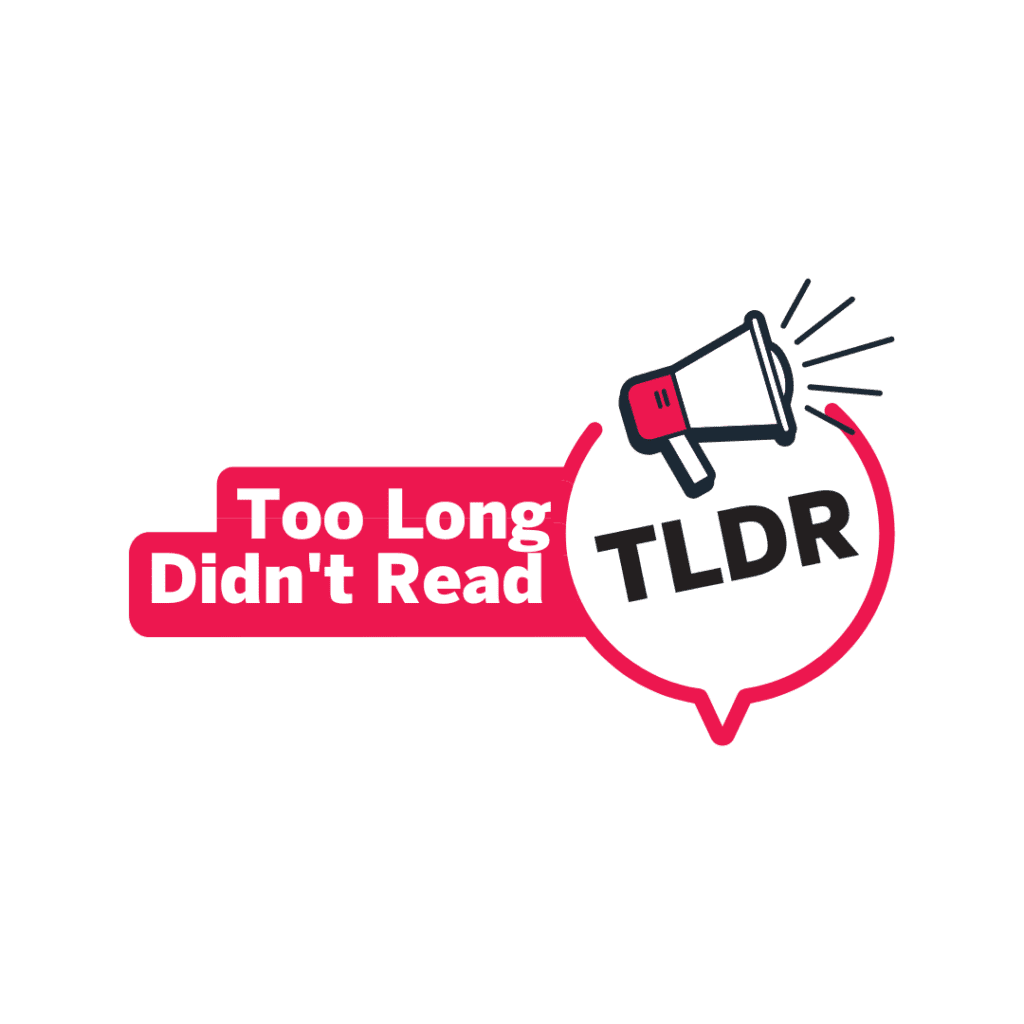
View the summary of this research here.

Introduction and context
Studying factors that contribute to sport participation maintenance in a context where so many people drop out of sports will help develop better strategies and interventions aimed at increasing the number of Canadian sport participants. However, previous studies were of very short duration and with few measures, therefore limiting our understanding of how sport participation develops, what influences this behaviour, and how various patterns of sport participation may influence future outcomes. Moreover, because participation in different types of sport may be influenced by different factors and may lead to different outcomes, it is important for studies to account for the various contexts in which sports are practiced (i.e., organized vs unorganized; individual vs group). Developing a better understanding of how sport participation evolves is particularly relevant for the crucial years of adolescence and early adulthood given this period is generally marked by a decline in participation.
Methods
MATCH is a longitudinal study including 929 participants. The study was initiated in fall 2011, when participants were in Grade 5 or 6, and continued to survey participants three times per year until June 2019, which marked the end of high school for participants. This provided 24 survey cycles over 8 years. From 2020 to 2023, we extended the follow-up of MATCH participants with three additional annual survey cycles. The data collected gathered information on the nature of participation in various sports, occurrence of life events, COVID-19, psychological determinants, perceived quality of life, mental health, etc.
Key findings and implications
- We identified four distinct, but common, profiles of sport participation during adolescence, which we labelled “inactive”, “unorganized activities only”, “single-sport” and “multi-sport” participants. In contrast with other participants, those who were characterized by a high level of engagement in unorganized activities and those who were multi-sport participants during adolescence became the most physically active in early adulthood.
- We also observed that participation in organized sports and group-based sports is less likely to be maintained throughout adolescence than participation in unorganized physical activities and individual-based sports. Moreover, once people dropped out of a sport, it is rare that they re-engage in this activity later. Similarly, we observed that very few activities were initiated for the first-time during adolescence.
- Other analyses highlighted that youth who were the most physically active during adolescence (particularly through participation in team sports) were more likely than others to use physical activity as a coping strategy to deal with stress when they were emerging adults during the COVID-19 pandemic. Our data also indicate that this was one of the most effective strategies to deal with pandemic-induced stress. Further, we have shown that using physical activity to cope with stress is associated with more positive mental health among adults.
- Among the most important determinants of sport participation, we identified:
- Motives matter: Many different reasons can lead individuals to initiate a sport; however, only motives associated to competence and enjoyment consistently relate to a higher likelihood of sustaining a sport for many years.
- How you feel during a sport affects if you will persist with it: Three key feelings are needed for youth to maintain a sport. They are competence, autonomy, and relatedness. A key to nurturing maintenance of youth participation in a sport is to provide them opportunities to perceive they are competent in the sport, that they take part in this sport on their own will, and that they experience a positive sense of connectedness with others involved.
- Not all types of barriers make a difference. Barriers thought to prevent sport participation can be categorized as internal barriers (e.g., “I am not interested in physical activity”) and external barriers (e.g., “I need equipment I don’t have”). We demonstrated that only internal barriers are negatively related to sport participation.
- Parents can have a large influence: parents who encourage and facilitate participation of their children in sports have youth who are more likely to maintain higher levels of physical activity. However, parental control (i.e., nagging, forcing participation) has the opposite (negative) effect. Parental influence can also operate through modeling since youth with a parent who participates in a given sport are more likely to maintain long-term participation in this sport, especially if the sport is not as mainstream as others.
Strengths and limitations
MATCH is unique given it collects more detailed information than other studies and does so on a greater frequency and over a longer period. However, results only present general observations, which may not be applicable to everyone.
Conclusions and next steps
These results highlight the importance to expose youth to sports from an early age, and to encourage them to take part in a wide variety of sports and physical activities, including in unorganized and individual ones. Our data also indicate that adolescent sport participation has positive effects on adults’ physical activity levels and mental health status.